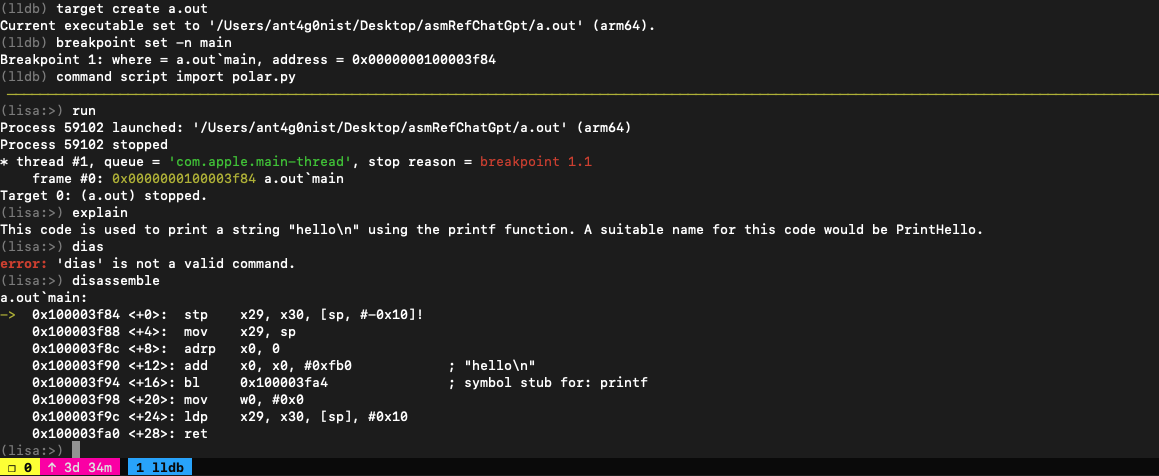AHHH! NATION STATE!!!
This applies to you monogamous people, as well as us poly folks.
Here's a non-paywall link: http://archive.is/newest/https://www.nytimes.com/2023/07/08/business/uri-geller-magic-deep-fakes.html
I'm currently going through Niven's work. I'd suggest The Mote in God's Eye by Larry Niven and Jerry Pournelle.
Project Hail Mary by Andy Weir is also an amazing book if you haven't read it yet.
One more suggestion: Rendezvous with Rama by Arthur C. Clarke
view more: next ›



Have you tried Open Camera or Cymera? May be easier to use another camera app.